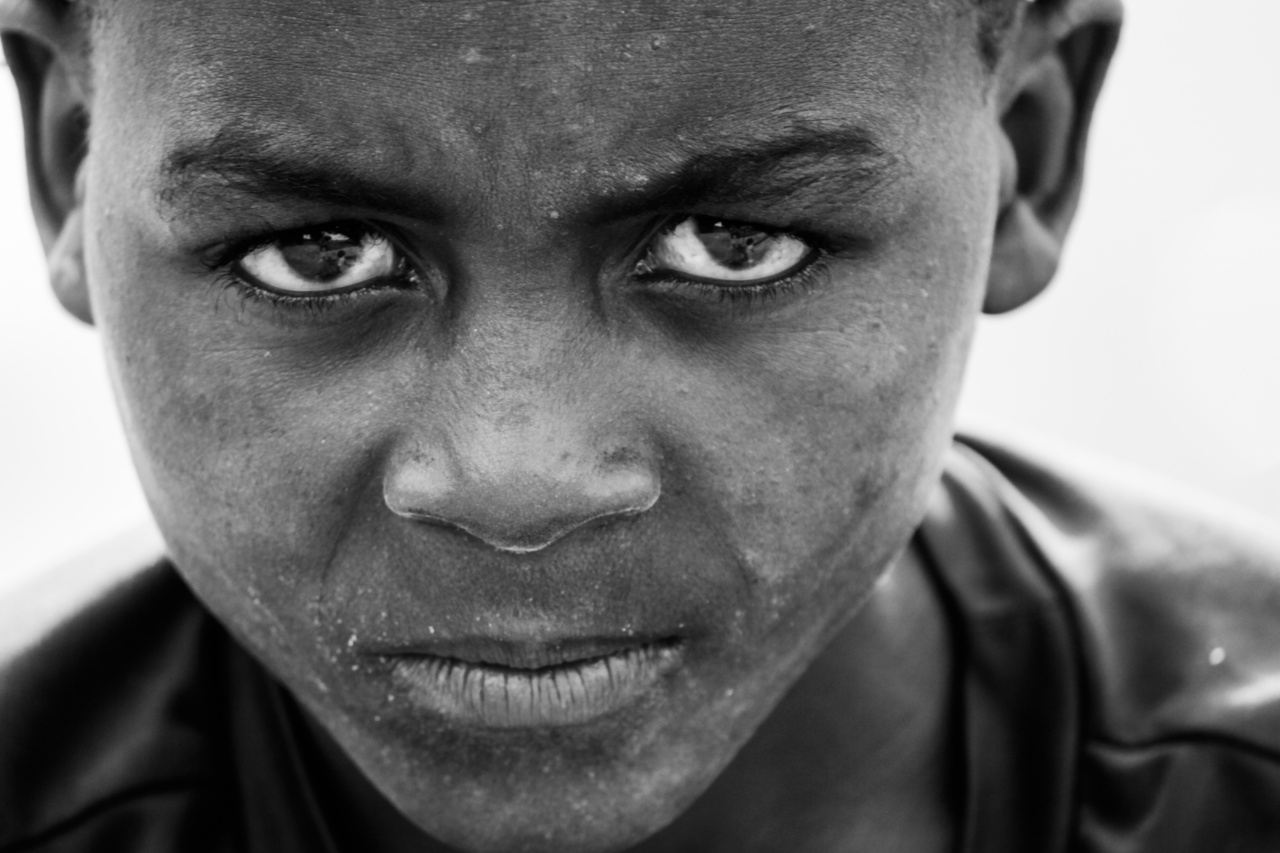Diabetes is a chronic disease that affects millions of people worldwide. However, in recent years, there has been an alarming rise in child diabetes cases. It is estimated that nearly 208,000 children and adolescents in the United States have diabetes.
This is a serious issue, and every parent should be aware of the warning signs of child diabetes. In this article, we will discuss the causes, symptoms, and treatment options for child diabetes.
What is child diabetes?
Child diabetes, also known as pediatric diabetes, is a chronic condition that affects the way your child’s body processes glucose (blood sugar). There are two types of diabetes that can affect children.
Type 1 diabetes
Type 1 diabetes is an autoimmune disorder where the body’s immune system attacks and destroys the cells that produce insulin (a hormone that regulates blood sugar levels).
Without insulin, the body cannot use glucose for energy, and the glucose builds up in the bloodstream, causing high blood sugar levels.
Type 2 diabetes
Type 2 diabetes is a metabolic disorder that occurs when the body cannot use insulin effectively, leading to high blood glucose levels. This type of diabetes is more common in adults, but it can also affect children.
Risk factors for type 2 diabetes include obesity, sedentary lifestyle, and a family history of diabetes.
What are the warning signs of child diabetes?
Early detection of child diabetes can help prevent serious health complications. Here are the warning signs of child diabetes:.
Frequent urination
If your child needs to urinate frequently, especially at night, it could be a sign of high blood sugar levels.
The kidneys try to remove excess glucose from the bloodstream by filtering it out through the urine, causing your child to urinate more often.
Increased thirst and hunger
If your child is always thirsty and hungry, it could be a sign of diabetes. The body tries to dilute the high blood sugar levels by removing fluids from tissues, causing dehydration and increased thirst.
The lack of glucose in cells can also cause hunger pangs, even after eating.
Weight loss
If your child loses weight without trying, it could be a sign of high blood sugar levels. The body cannot use glucose for energy, so it starts breaking down fat and muscle tissues for fuel, leading to weight loss.
Fatigue and irritability
If your child is always tired and irritable, it could be a sign of diabetes. The lack of glucose in cells can cause fatigue, weakness, and mood swings.
Blurred vision
If your child complains of blurred vision or has trouble seeing, it could be a sign of high blood sugar levels. The excess glucose in the bloodstream can cause fluid buildup in the eyes, leading to blurry vision.
How is child diabetes diagnosed?
If you suspect that your child has diabetes, you should take them to a doctor for a blood test. The doctor will measure your child’s blood glucose levels and check for other signs of diabetes.
If your child is diagnosed with diabetes, the doctor will determine which type of diabetes they have and recommend a treatment plan.
How is child diabetes treated?
Treatment for child diabetes depends on the type of diabetes they have. Here are the treatment options for child diabetes:.
Type 1 diabetes treatment
Type 1 diabetes is treated with insulin therapy (injections or an insulin pump) to regulate blood sugar levels. Your child may also need to monitor their blood sugar levels regularly and follow a healthy diet and exercise regimen.
Type 2 diabetes treatment
Type 2 diabetes is treated with lifestyle changes (healthy diet and exercise) and, in some cases, medications (such as metformin) to lower blood glucose levels.
If your child is overweight, the doctor may recommend weight loss to improve insulin sensitivity.
Preventing child diabetes
Although there is no surefire way to prevent child diabetes, you can take steps to reduce your child’s risk:.
Eat a healthy diet: Encourage your child to eat a balanced diet rich in fruits, vegetables, whole grains, and lean protein.
Encourage physical activity: Encourage your child to be physically active for at least 60 minutes every day.
Limit screen time: Limit your child’s screen time (TV, computer, and video games) to less than 2 hours per day.
Maintain a healthy weight: Help your child maintain a healthy weight by encouraging healthy eating habits and physical activity.
Conclusion
Child diabetes is a serious health issue that requires early detection and treatment. If you notice any of the warning signs of child diabetes, take your child to a doctor for a blood test.
With proper medical care and lifestyle changes, your child can manage their diabetes and prevent serious health complications.




























